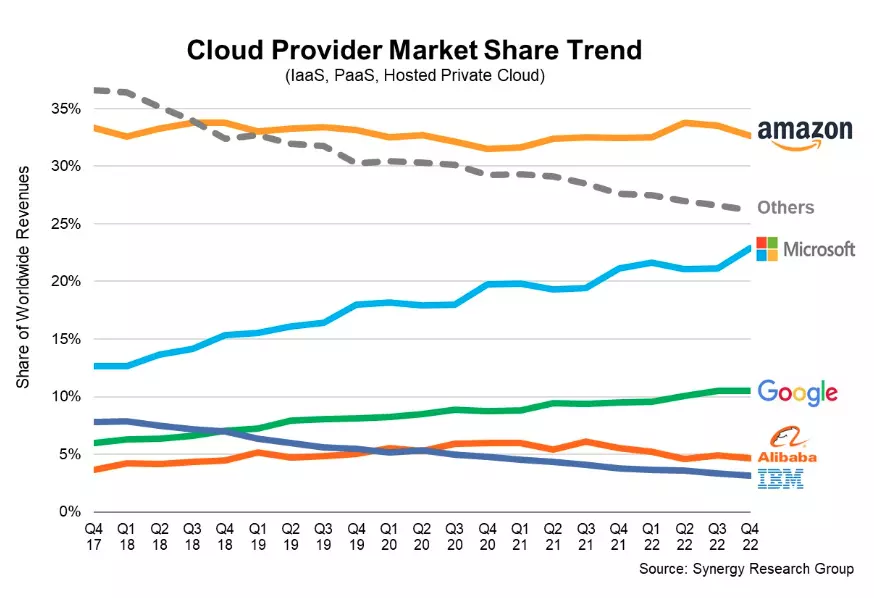LinkDaddy Cloud Services Press Release: Announcing New Features and Enhancements
LinkDaddy Cloud Services Press Release: Announcing New Features and Enhancements
Blog Article
Achieve Seamless Scalability With Cloud Solutions
In the ever-evolving landscape of cloud solutions, accomplishing seamless scalability stands as a keystone for modern services looking for to stay versatile and competitive. The pursuit for seamless scalability with cloud solutions introduces a globe of possibilities for those eager to embrace the transformative power of dynamic source management.
Advantages of Cloud Scalability
Cloud scalability offers organizations the flexibility to dynamically change resources based on need, making sure ideal efficiency and price performance. One key advantage is the capacity to range resources up or down promptly in response to fluctuating workloads. This dexterity enables services to fulfill altering consumer requirements without over-provisioning resources, inevitably causing cost financial savings. Scalability also enhances performance by making certain that systems can deal with boosted web traffic or work without experiencing downtime or downturns. By successfully alloting sources, companies can maintain high levels of efficiency throughout peak times without unnecessary costs during quieter durations. In addition, cloud scalability promotes technology and testing by allowing organizations to easily evaluate originalities and range them as needed. This flexibility encourages a culture of constant renovation and adaptation, making it possible for organizations to remain affordable in a swiftly evolving market landscape. Eventually, the advantages of cloud scalability extend beyond cost financial savings to include better performance, agility, and advancement.
Trick Functions for Scaling
Effective scaling in cloud solutions depends on key attributes that make it possible for organizations to readjust resources dynamically based upon need. One necessary function for scaling is flexibility, enabling resources to scale up or down in feedback to varying workloads. This guarantees that organizations can satisfy performance demands without over-provisioning sources. Another key attribute is scalability, enabling systems to handle raised work by adding sources seamlessly. This function is vital for fitting development without endangering efficiency. In addition, automation plays a crucial role in scaling by automating the provisioning and de-provisioning of sources based on predefined plans. Automation lowers human intervention, enhances effectiveness, and guarantees rapid response to changing demands. Surveillance and analytics tools are likewise important for scaling, supplying understandings into resource utilization, efficiency metrics, and potential traffic jams. These devices allow companies to make informed decisions and maximize source allocation for efficient scaling. Generally, these key features collectively equip organizations to attain seamless scalability in cloud solutions.
Implementing Auto-Scaling Methods
To properly maximize resource allocation and adapt to varying workloads, companies have to purposefully apply auto-scaling approaches in their cloud solutions facilities. Auto-scaling enables systems to instantly change the number of calculate resources based on real-time need. There are various auto-scaling methods that organizations can employ, such as predictive scaling, which makes use of historic data to anticipate future source demands, and responsive scaling, which responds to present work adjustments.

Ideal Practices for Scalability
For organizations intending to boost their scalability see here in cloud services, applying best practices is critical for optimal performance and resource monitoring. One key finest technique is developing applications with a microservices architecture. This technique breaks down applications right into smaller, independent services that can be released, upgraded, and scaled individually, permitting for greater adaptability and scalability.
An additional important technique is making use of containerization technology, such as Docker or Kubernetes. Containers make it possible for the packaging of applications and their dependences right into separated systems, making it easier to scale parts individually and deploy them consistently throughout different settings.
Additionally, carrying out automated release and framework as code (IaC) can simplify scalability efforts (linkdaddy cloud services). Automation devices like Terraform or Ansible help in provisioning and handling resources efficiently, lowering hand-operated mistakes and making it possible for quick scalability
Furthermore, keeping track of efficiency metrics, establishing informs, and conducting normal ability planning are important techniques to ensure proactive scalability administration. By sticking to these ideal practices, organizations can attain smooth scalability in their cloud solutions while maximizing performance and resource usage.
Monitoring Performance Metrics
When evaluating the efficiency of cloud services scalability, closely keeping an eye on performance metrics is critical for making sure optimal capability and source allotment. By constantly tracking key performance indicators (KPIs) such as reaction times, resource, throughput, and latency utilization, organizations can acquire important understandings right into the health and performance of their cloud infrastructure. Keeping track of performance metrics permits the early detection of potential traffic jams or issues that might affect scalability, making it possible for positive steps to be taken to resolve them prior to they rise.

Final Thought
In verdict, attaining seamless scalability with cloud solutions is crucial for companies to maximize efficiency, improve innovation, and keep high performance levels throughout peak times. By leveraging the benefits of cloud scalability, executing auto-scaling techniques, making use of vital functions such as elasticity and automation, and complying with ideal techniques like application layout and efficiency tracking, companies can effectively scale their systems while maximizing resource use and performance.
The mission for seamless scalability with cloud services unveils a globe of possibilities for those willing to welcome the transformative power of dynamic resource monitoring.
Cloud scalability provides companies the adaptability to dynamically readjust resources based on demand, guaranteeing optimal performance and price effectiveness. An additional key attribute is scalability, enabling systems to handle raised work by including resources seamlessly.For organizations intending to boost their scalability in cloud services, carrying out ideal techniques is critical for optimal efficiency and resource administration.When examining the performance of cloud services scalability, closely monitoring performance metrics is vital for ensuring ideal functionality and source appropriation.
Report this page